A yearlong expedition in the Bahamas has been planned to assess sharks and sea life hidden in the deep ocean.
Beginning in October 2017, an exploration team aboard a manned submersible will aim to uncover new details on deep sea sharks and the variety of species that inhabit the waters off the Great Bahama Bank continental shelf.
OceanGate Expeditions – a team undersea explorers, scientists, and filmmakers who use manned submersibles – together with researchers from the Cape Eleuthera Institute (CEI) will conduct multiple weeks of diving each season over a year for the Bahamas Deep Sea Survey of the twilight zone of the Exuma Sound.
“[The Exuma Sound in the Bahamas is] an ideal location for diving, thanks to the year round warm, clear water and the abundance of natural resources and deep sea organisms,” said Stockton Rush, the CEO of OceanGate. “The deep water near the coast makes it a perfect fit for shore-based operation and use of Ms. Lars, our mobile subsea launch and recovery system. This is a great opportunity to advance scientific discovery as our Cyclops 1 can venture far below scuba depth to 500 meters.”
OceanGate will provide the Cyclops 1 submersible and dive crew, while CEI will share the breadth of scientific knowledge of its content experts, and its facilities in the Bahamas. The human-occupied submersible, capable of diving to depths of 500 meters, will enable repeated visits to rarely explored sites to enhance understanding of habitat association in species and estimates of abundance and diversity of life in the Bahamian Deep Sea; critical information for the future management of these poorly recorded natural resources.
The first phase of the deep sea survey in October will be conducted as a series of one-day and three-day missions, followed by additional phases planned for 2018 in January, April and July to better assess resident and transient populations across multiple seasons.
The expedition team will explore the near vertical transition from continental shelf habitats to the deep ocean to:
- Photograph, video and capture firsthand observations of the behavior of deep-water predators such as the Caribbean reef shark, blunt nose sixgill shark, and Cuban dogfish to better understand their predatory role in food webs of marine ecosystems.
- Use depth stratified baited video stations, serviced by the manned submersible, to quantify the relative abundance, diversity and behavior of fish, crustacean and invertebrate communities from the edge of the continental shelf into the depths.
- Collect LiDAR, sonar and photogrammetric data of submerged natural reefs and notable features of the continental shelf that define marine species habitats.
- Assess the occurrence and abundance of the predatory lionfish to depths of 500 meters to better understand the spread of this invasive species into indigenous deep sea habitats.
CEI’s COO, Dr. Edd Brooks, who developed the Shark and Ray research program, said, “90 percent of the ocean is 600 feet or deeper. I am grateful for the opportunity to collaborate with OceanGate to learn more about the creatures that call the deep ocean home.”
CEI director, Dr. Andrew Gill, added, “We are incredibly fortunate to have these natural resources on our doorstep; having OceanGate’s manned submersible at our facility for a whole year will allow us to explore the depths of the Bahamas and collect information about deep sea organisms that are still very much a mystery, as well as observe better known creatures like sharks that are more often studied in the shallows.”
In addition to the crew and content experts, individuals and groups of up to three are invited to join the expedition in the submersible and ashore as mission specialists. They will actively participate in the operation and receive training according to their interests and abilities to support the dive team as observers, photographers, or to help manage communications and subsea navigation on an authentic scientific expedition. The submersible will be made available on a charter basis for researchers to use as part of their specific research projects.






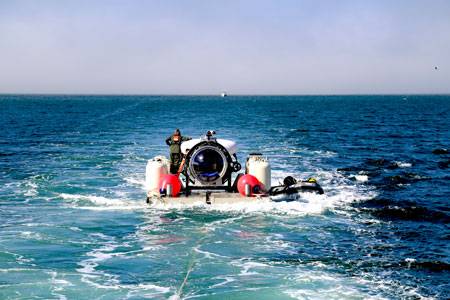
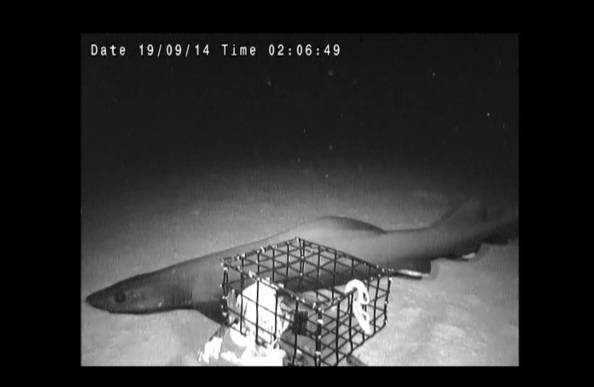
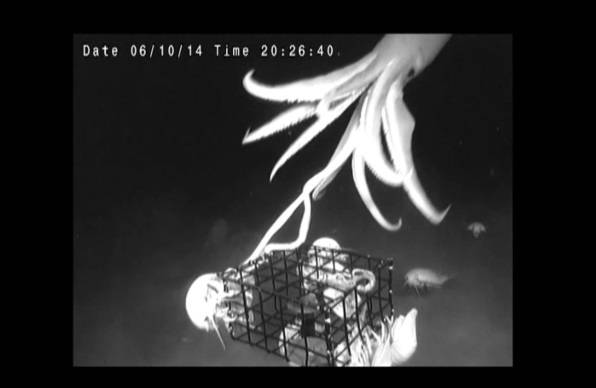
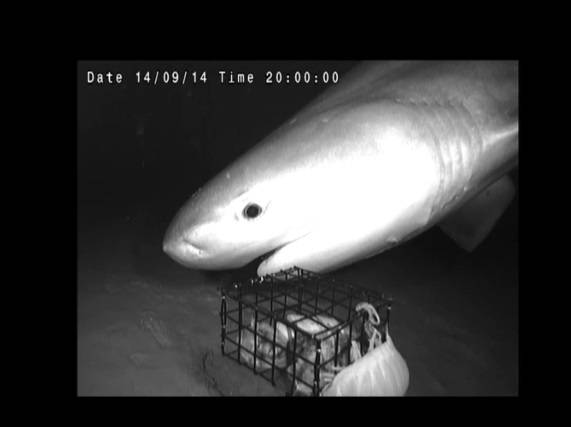
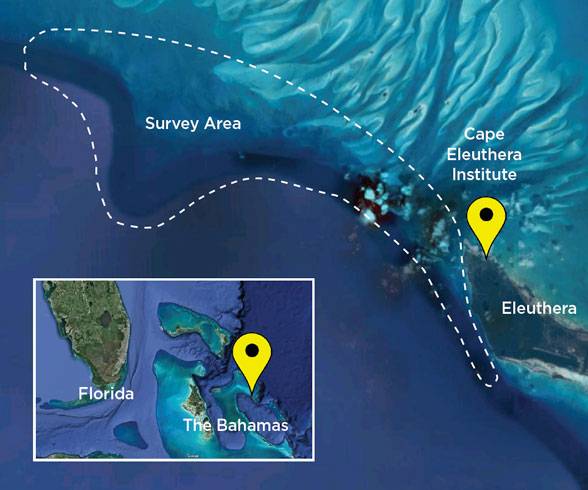



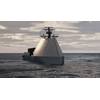
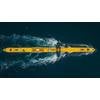







 December 2025
December 2025



